In our article on polpette di carne, we traced the history of the meatball from a wedding celebration in the Chinese Qi/Tang Dynasties in which ‘four joy meatballs’ were not a battery-powered surprise under the bride’s pillow, but rather a golf-balls-sized minced meat celebration of courtship, marriage, child rearing and ageing.
From ancient China, the meatball rolled its way left and right all over the face of the globe before landing in Italy as polpette.
However, along the way, the humble meatball trundled its fatty course through the Middle East like some sort of greasy, snail-tracking crusader with a hint of herbs.
And the people liked it.
Once balls of ground mince were in the the Middle East, they were embraced as positively local and named ‘kofta,‘ which essentially means ‘to grind.’
The classic meat for a kofta is fatty lamb, but all meats are legit. This version from none other than Jerusalem-born Yotam Ottolenghi uses a mixture of lamb and beef. When choosing supermarket minced meat for kofta, you need to avoid anything that says ‘lean.’ The best way to get good meat is from a proper butcher and ask for stuff from the neck/chuck and breast/skirt – there you will find meat and fat balanced perfectly for a kofta.
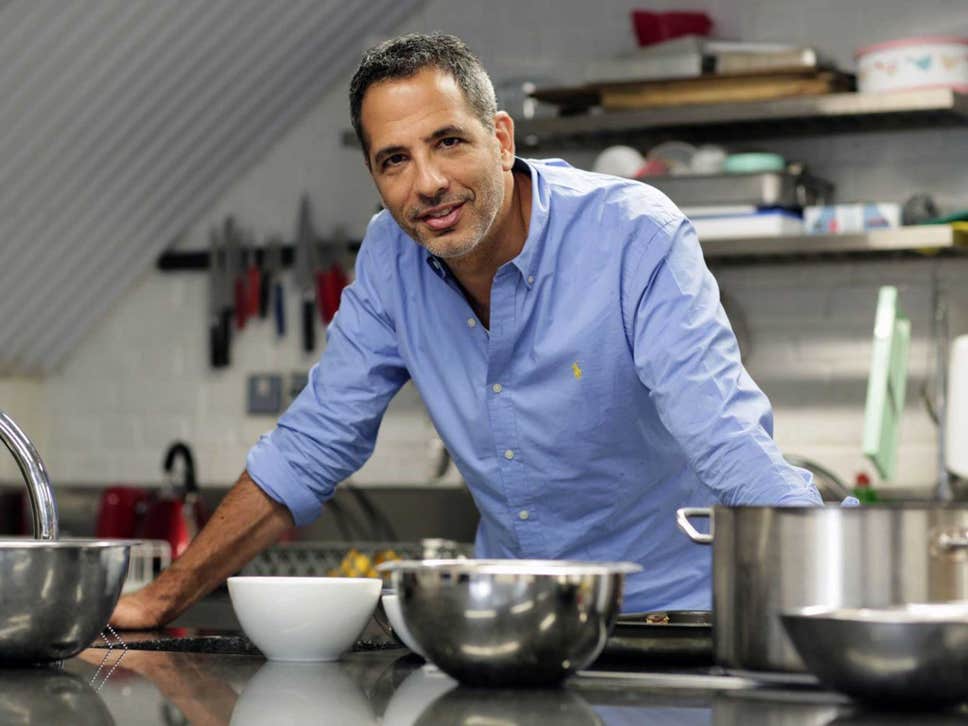
Yotam Ottolenghi suggests that his kofta are nice served with pitta and a cucumber and tomato salad. We made it into a kebab type thing by serving in on a flatbread with salad and a sauce of seasoned yoghurt and mint. We folded the bread over and we it ate it like a covers band in a kebab shop in Cheadle at midnight (yes, I was once in that band).

Kofta b’siniyah Ottolenghi
Ingredients
- For the koftas:
- 400g non-lean minced lamb or hogget
- 400g non-lean minced veal or beef (or just add another 400g of lamb)
- 150g onion, finely chopped
- 2 large cloves of garlic, crushed
- 50g toasted pine nuts, roughly chopped, plus extra whole ones to garnish
- 30g flat-leaf parsley, finely chopped, plus extra to serve
- 1 large medium-hot red chilli, deseeded and finely chopped
- 1.5 tsp ground cinnamon
- 1.5 tsp ground allspice
- 0.75 tsp grated nutmeg
- 1.5 tsp ground black pepper
- 1.5 tsp salt
- For the sauce:
- 150g tahini paste
- 3 tbsp lemon juice
- 1 medium clove of garlic, crushed
- 2 tbsp sunflower oil
- 120ml water
- To finish:
- 30g unsalted butter or ghee (optional)
- Paprika, to garnish
Instructions
Put all the kofta ingredients except the oil in a bowl and use your hands to mix everything together well. Shape into long, torpedo-like fingers, roughly 8cm long (about 60g each). Press the mix to compress it and ensure the kofta is tight and keeps its shape. Arrange on a plate and chill until you are ready to cook them, for up to one day (see notes).
Preheat the oven to 220˚C.
In a medium bowl, whisk together the tahini paste, lemon juice, 120ml water, garlic and a quarter of a teaspoon of salt. The sauce should be a bit runnier than honey; add one or two tablespoons of water if needed.
Heat the sunflower oil in a large frying-pan and sear the kofta over a high heat; do this in batches so they are not cramped together. Sear them on all sides until golden brown, about six minutes for each batch. At this point they should be medium-rare. Lift out of the pan and arrange on an oven tray. If you want them medium or well-done, put the tray in the oven for two to four minutes. If you happen to be using hogget rather than lamb, then this extra cooking is essential.
Spoon the tahini sauce around the kofta, so it covers the base of the tray. If you like, also drizzle some over the kofta but leave some of the meat exposed. Place in the oven for a minute or two, just to warm up the sauce a little.
Meanwhile, if you are using the butter, melt it in a small saucepan and allow it to brown a little, taking care that it doesn’t burn. Spoon the butter over the kofta as soon as they come out of the oven. Scatter with pine nuts and parsley and finally sprinkle some paprika on top. Serve at once.
Notes
Our pro chef friend Robert Carrigan suggests that raw onion and mince are not mixed and stored for any length of time as it affects the colour. If you are prepping koftas in advance, lightly cook the onions in a little oil for a few minutes and cool fully before adding to the kofta mix.

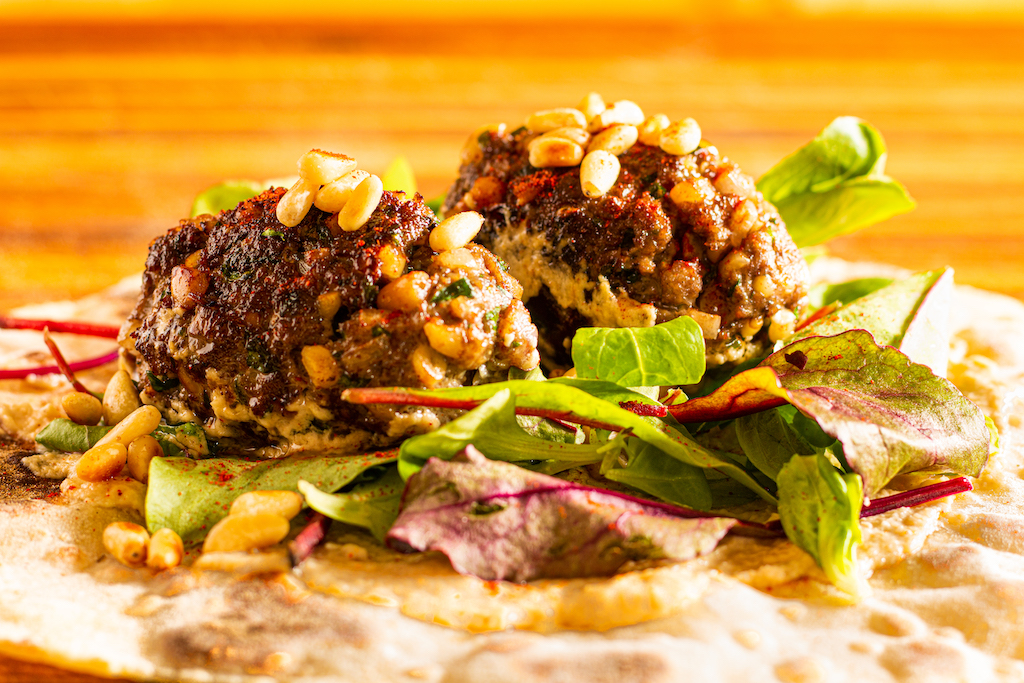


 (97 votes, average: 3.73 out of 5)
(97 votes, average: 3.73 out of 5)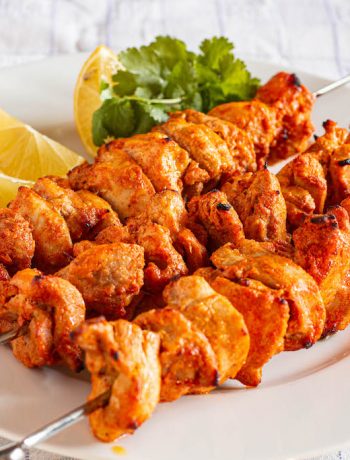
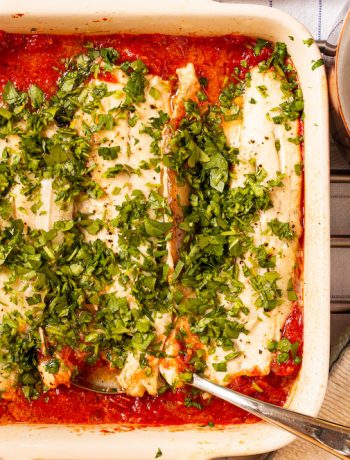
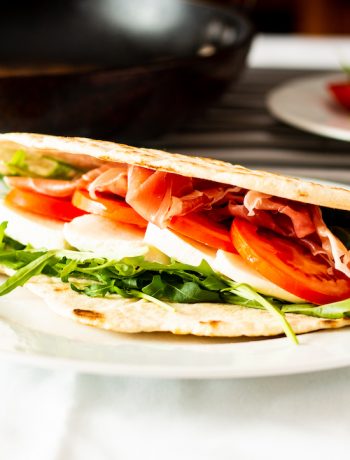
No Comments